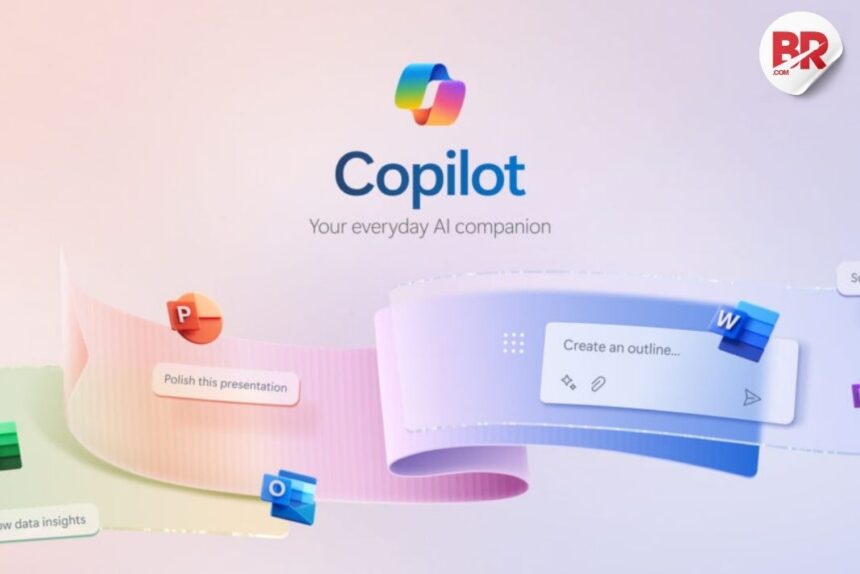Understanding Copilot’s Success: How Microsoft Measures AI Effectiveness
Artificial intelligence is rapidly changing how we work and live, and among the leading innovations in this field is Copilot, Microsoft’s intelligent assistant. It has become a key player in boosting productivity across industries, but how does Microsoft measure its success? Let’s explore the journey of Copilot and how its effectiveness is tracked.
What Is Copilot?
Why Measuring Success Matters
Tracking the success of Copilot is not just about counting how often it’s used; it’s about understanding how well it meets user needs. By measuring success, Microsoft can continuously improve Copilot, ensuring it stays relevant and helpful. As Mustafa Suleyman, Microsoft’s AI lead, mentions, they focus on real-world impact rather than just technical data. After all, the goal of any AI assistant is to make life easier and more productive for its users.
Also Read: Microsoft’s AI Copilot Roasts CEOs, Internet Goes Wild
How Does Microsoft Measure Copilot’s Effectiveness?
Microsoft uses a range of metrics to evaluate how well Copilot is performing. These metrics help the company understand how useful and reliable the tool is for users.
-
Successful Task Completion: The main way to measure Copilot’s success is through task completion. If the AI can accurately and quickly complete a task or answer a query, it is considered a success.
-
User Satisfaction: Microsoft actively collects feedback from users. If people continue to use Copilot and share positive feedback, it’s a clear indicator that the tool is effective. The more users engage with it, the better it’s performing.
-
Accuracy and Relevance: For Copilot to be successful, it needs to provide the right answers. Microsoft focuses on ensuring that Copilot’s responses are both accurate and relevant, which is crucial for maintaining trust with users.
-
Efficiency: Time is money, and in the fast-paced digital world, speed matters. Copilot’s success is also determined by how quickly it can complete tasks without sacrificing quality. A faster response time contributes to higher user satisfaction and productivity.
Also Read: 9 Must-Try Copilot AI Features That Will Instantly Boost Your Productivity
Why Copilot Matters in India
In countries like India, where digital adoption is soaring, tools like Copilot can make a significant impact. It’s not just for coders or business leaders; students and young professionals are also finding value in Copilot’s ability to help with research, writing, and problem-solving. As more people embrace digital tools, Copilot’s ability to streamline workflows could play a big part in boosting productivity across various sectors in India.
How to Maximize Copilot’s Effectiveness
To make the most of Copilot, users can take a few simple steps:
-
Integrate It Into Your Routine: Whether you’re writing emails or coding, try using Copilot in your day-to-day work to see how it enhances your productivity.
-
Give Feedback: Copilot learns from feedback. The more you share, the better it can become.
-
Explore Its Features: Don’t be afraid to try out all of Copilot’s features to fully understand how it can help you.
Looking Ahead: Copilot’s Future
As AI technology evolves, so too will Copilot. Microsoft is constantly improving its AI tools to make them even more useful. With a focus on user satisfaction and measurable results, it’s clear that Copilot will remain a leading tool in the AI landscape for years to come.
Understanding how Copilot’s success is measured is crucial, as it offers insight into how AI tools are being refined to better serve users. Microsoft’s commitment to tracking and improving Copilot ensures that it stays relevant, effective, and impactful for years to come.




